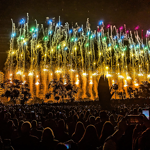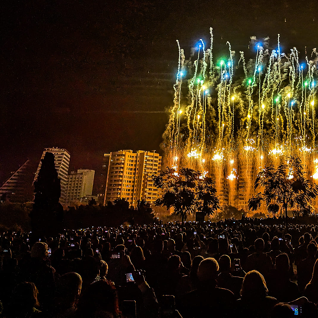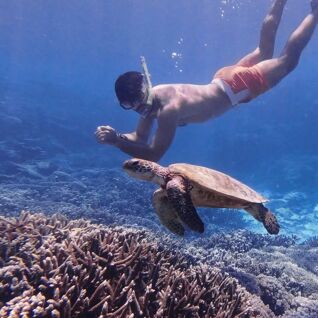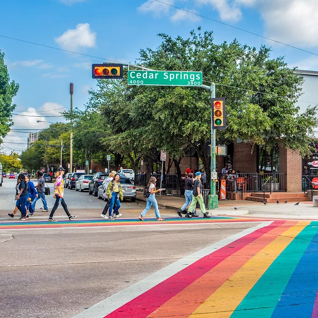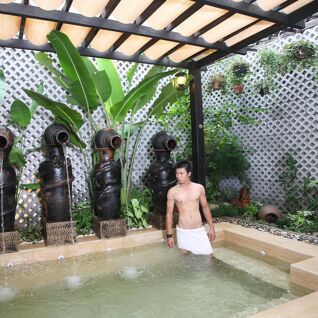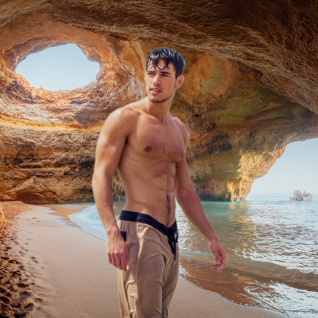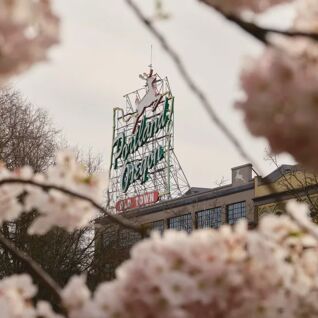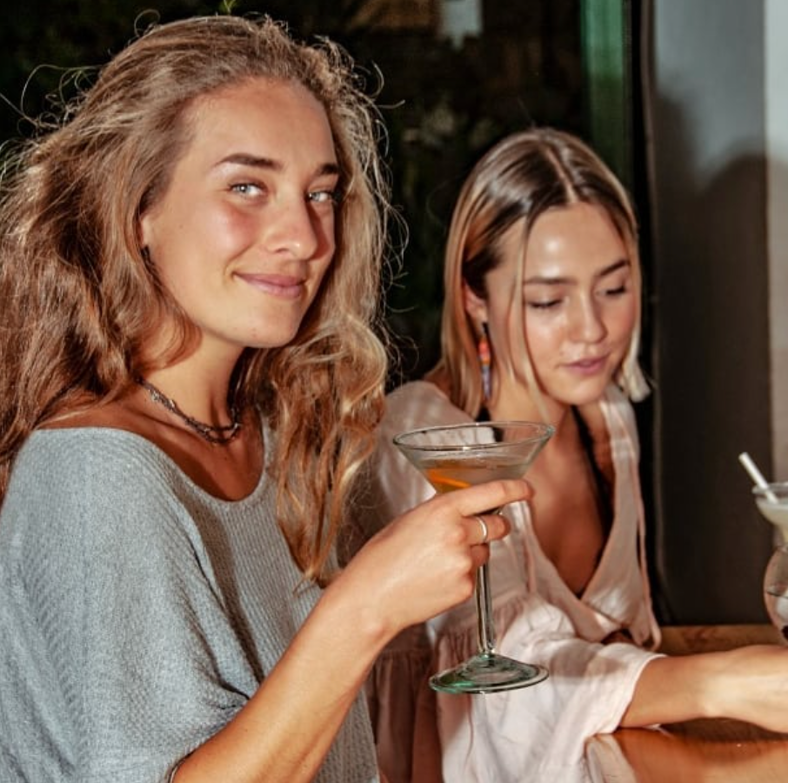
As far as regions of Colombia go, Santander doesn’t get much love. Despite its tradition of fierce individualism and rebelliousness – it once housed Simon Bolivar during his final, gasping moments – Santander continues to fly under the radar.
However, you’d be remiss not to visit this pocket of the country, where aphrodisiacal ant butts go hand-in-hand with anti-aphrodisiacal goat intestines. Better yet, in addition to sampling those “big ass ants,” you can rappel into the world’s second-largest canyon, Chicamocha. Then, just a bit beyond that canyon, nested along the sublime Suarez River, you’ll find a tiny former colony named Barichara. That’s your final destination.
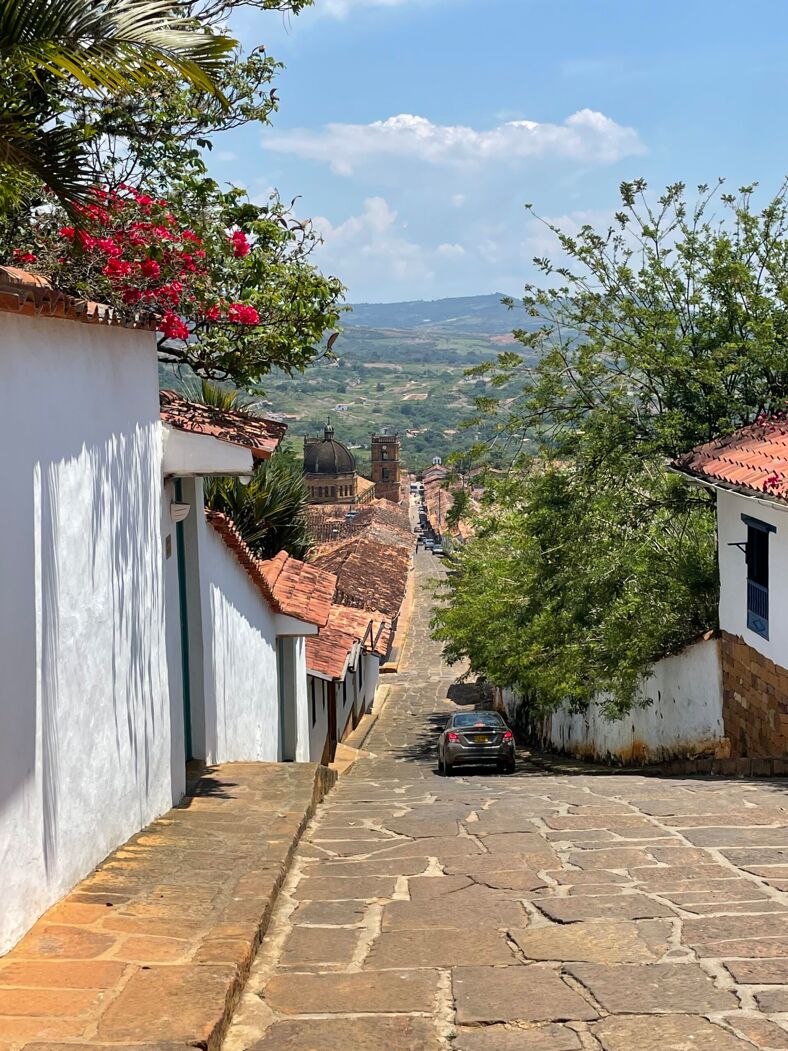
Barichara, though quieter and more modest than your average gay city, is queerness at its finest. And we mean “fine” in the context of “fine art,” as Barichara is more known for its artisanal shops and pottery than its clubbing options. (Mostly because there are no clubs.)
More importantly, Barichara’s fine art scene has earned it the local nickname of “Bari-gay,” as it has historically beckoned bohemians and artists – many of whom, as to be expected, are queer – to its cobblestone pathways. As soon as you sign up for one of the town’s many art workshops, you’ll know that you’re about to be among family.
Of course, you’ll also see family in the streets or in the hostels (where parties do, in fact, happen). After all, where there are gay pilgrims, there are gay tourists. That said, Barichara is still mostly untouched by foreign travelers. While popular among Colombians, it has yet to take off with Americans. That’s where we come in.
Here’s how to spend an unforgettable weekend in Barichara
Day One: Trudging North, Dodging Swallows
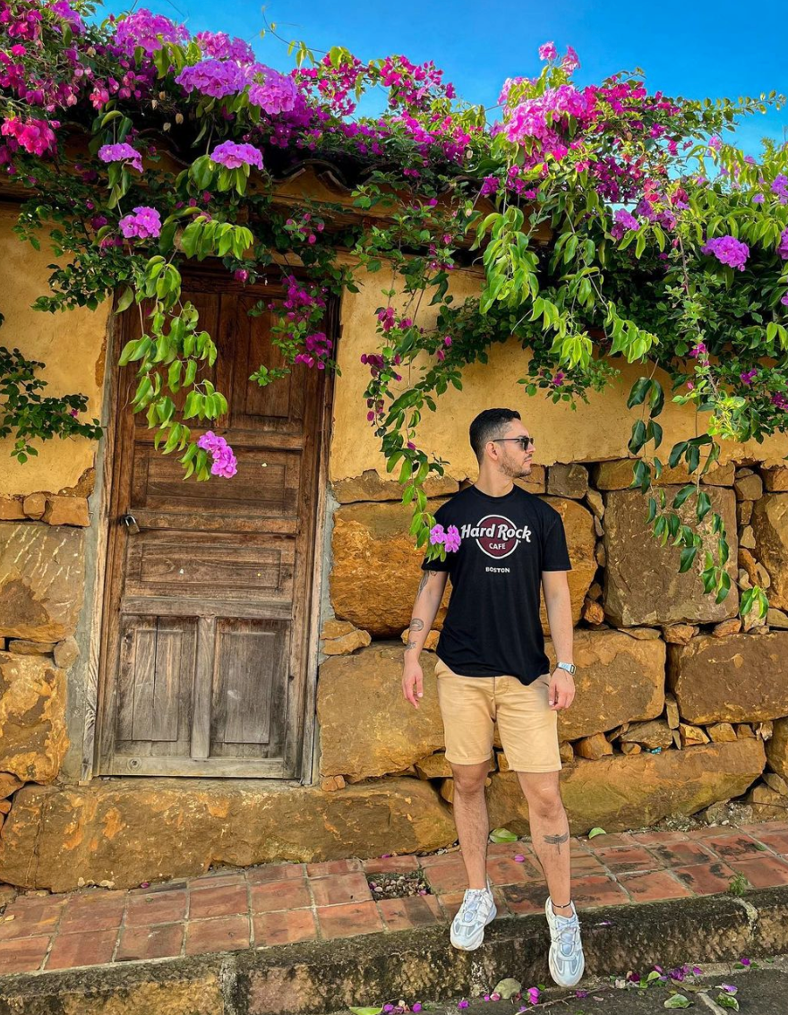
The best way to experience Barichara’s pristinely preserved colonial architecture is to walk through it. Past every cobblestone corner, paradise flower, or nattering group of ladies, a trilogy of rotating experiences host a game of roulette: Behind every iron-handled door, and depending on your luck, you might find a café, a felt-making workshop, or a shirtless old man scratching his junk.
Then: A brown-bellied swallow, diving into your path, careening into a barrel roll. Suddenly, you hear its friends and siblings around you. Their trills and chirps alight upon the air, blending with a faint scent of wood smoke that swaths this entire town.
Still, the most stunning entities in Barichara are always just beyond your gaze – on the hazy, jagged horizon. I’m referring, of course, to the Andes, which find a way to bookend every Barichara street. They’re also today’s destination. On your first day in Barichara, you’re going on a hike.
Whether you begin the day at Hostal Casa Nacuma or Hotel Misión Santa Bárbara, you’ll want to head north to the very edge of town. That’s where your trailhead will be. Perhaps, along the way, you can also stop for breakfast at Chévere All-Day Café. In addition to rhyming, its name means “cool,” which is how you’ll feel as you devour waffles amidst its wave of indie music.
Now, once you’ve had your fill, why not make a pit stop before your hike? For example, you can get a sneak peek of all the nature you’re about to see by visiting El Parque para las Artes, which seamlessly blends gardens and sculptures into its relaxing, snaking pathways. You can even go a bit beyond it to the Bioparque, where you’ll marvel at and learn about Colombia’s most exotic trees and bushes. Meanwhile, you’ll catch stunning views of the mountains, which will remind you of the task you’re about to take on.
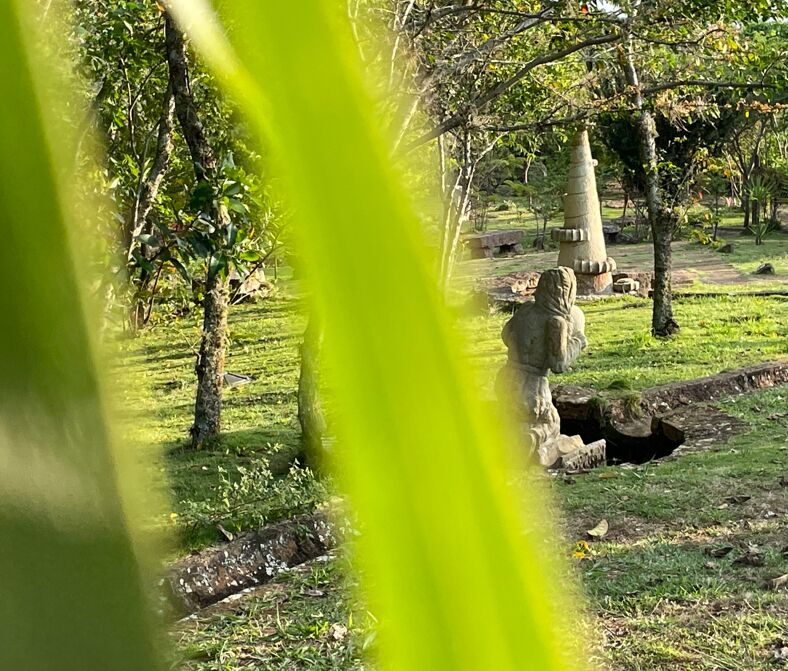
Speaking of which: El Camino Real, or the Royal Road, winds down from Barichara into the Suarez River Valley. Though two hours long, the trail is mostly flat and affords plenty of time for meditation. You’ll see birds of every color and size and cows of every level of indifference. (The range = Very indifferent to moderately indifferent.)
The real goal here is to marvel at the Andes as you travel down an ancient road once used by Colombia’s indigenous Guane people. Then, after you finish your hike and arrive at Guane, a town named after the tribe, you can peruse the Guane people’s oldest pots and textiles in the Museo Arquelógico y Paleontológico.
Or, you can go straight to a corner store and purchase a couple of shots of sabajón, a creamy mix of goat milk and anise seed liquor that instantly relaxes you. Pair it with one of the many regional candies on display, which spin sweetness from a range of local crops. In the end, Guane isn’t much more than a pretty face, but the trip getting there will become a lasting memory.
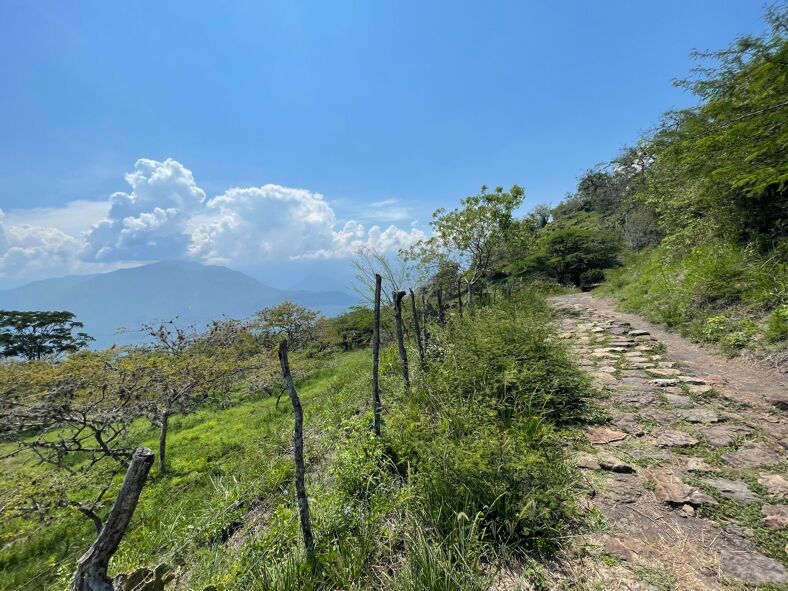
Later, when it’s time to return to Barichara, you probably won’t want to hike two more hours just to make your dinner reservation. For this problem, you’ll need a mototaxi, but luckily there are many on display in the central square of Guane. You can also catch a bus. Either way, you’ll be happy to end your day at Elvira, which is on the rise in Colombia thanks to its stellar cuisine and attention to detail.
DAY 2 – Artisanal Adventures
Artisans are the lifeblood of this town. Ever since Barichara’s first stoneworkers appeared, etching out Barichara’s nationwide reputation, the town has remained an artist’s haven. Here, you can find workshops specializing in every kind of craft, from feltwork to papermaking to pottery. Today, you’ll do it all. Or, at least, you’ll do as much as you have time.
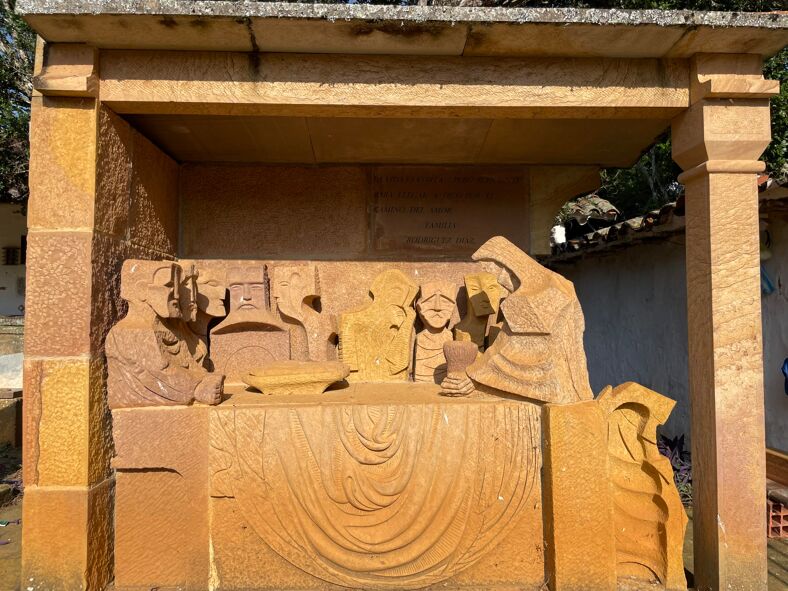
If you want a head start on the day, consider having breakfast at Las Cruces. The café here is integrated into the larger shop and pottery workshop; as a result, you can make crafts even as you sip on cappuccinos. But if you’d rather engage in some clayplay at a more focused establishment, then you can sign up for a workshop at Galería Cerámica Terracota. Plus, if you’re unsatisfied with your creation there, then you can buy one of the many professionally-made ceramics that are on display out front.
Afterward, you might be in the mood for a snack – or, at least, afternoon drinks. The solution? El Mirador. Perched on the edge of a cliff (but honestly, what place in Barichara isn’t?), this bar offers simple pleasures. We’re talking cold beer, empanadas, and a jaw-dropping view of the Andes. You know, the usual stuff.
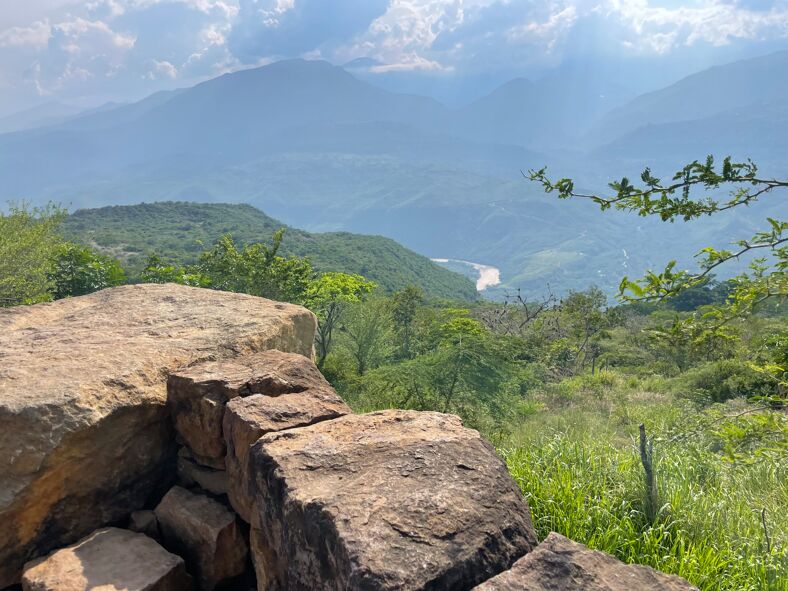
After you’ve had your fill of Andes and aguardiente, you might want to try a new hobby. Maybe pottery isn’t your thing, or perhaps you’ve already conquered the field and have decided to move on to bigger things. Either way, you’ll have at least two potential ways to spend your afternoon.
On the one hand, if you want to participate in a longstanding Barichara tradition and feel like a real patiamarillo (a.k.a. a local), you can learn how to make artisanal paper. But if you want to feel like a spinster and literally spin wool next to a 300-year-old tobacco press, then you can learn how to make felt.
That said, we recommend La Fundación San Lorenzo for the former option. But we recommend Albahaca (if you’re not already staying at the hostel there) for the latter. Finally, an alternate option is De La Tierra Turismo Cultural, where you can learn to paint using real earth pigments from the valley around Barichara.
Your last stop, of course, is dinner. And since you participated in some fine dining last night at Elvia, then you might be craving fast casual tonight. For that, Filomena has a great combination of delicious food and informal, friendly service. Afterward, you’ll be raring for more adventure.
Day 3 – Cascades of Activity
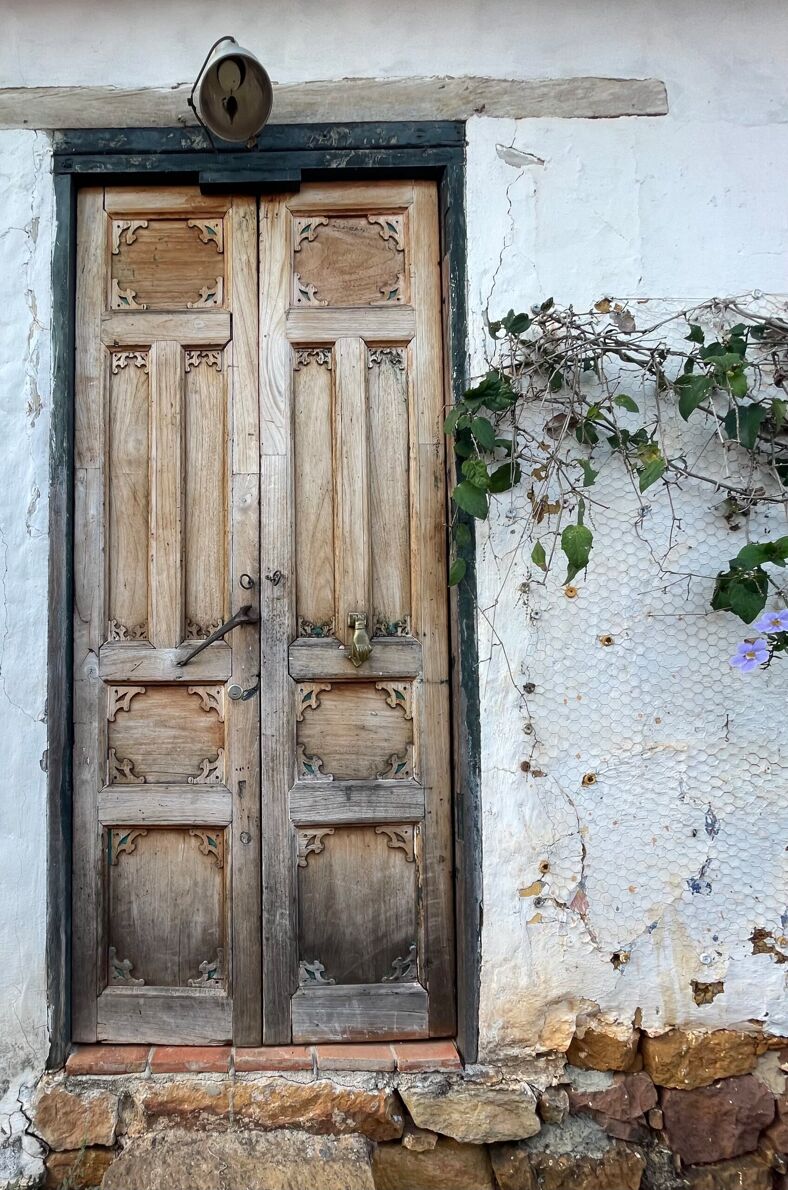
Wake up! It’s your last day here. Assuming you don’t have a full day, it might be best to grab something quick at Nona’s Bread Panadería. It’s cheap and delicious, and you’ll feel right at home among the crowd of remote workers and gringos.
Now it’s time to weave past the central square and toward the town’s southwest corner. By the way, if you don’t want to get lost, then hire a mototaxi guy. He’ll know all of Barichara’s best Insta spots and keep you from getting your shoes dirty. However, if you prefer to walk, you can easily enjoy strolling toward the outskirts of town.
But what awaits you there? Well, beneath Barichara and beyond the dueling pillars of Cacique Guanenta, you’ll find a waterfall that only the bravest patiamarillos have ever laid eyes upon. Indeed, the Salto del Mico waterfall is one of the most underrated attractions of Barichara, and is often overshadowed – literally – by the Salto del Mico lookout point above it. So, if you’re feeling brave, ask one of the vendors at the Salto del Mico lookout point to direct you to this hidden Sylvan oasis.
After a brief bout of confusion as you shuffle through neck-high grass and slip down a few muddy off-trail mounds, you’ll find a roaring, shimmering cascade on display. And you’ll be the only one there. You might even spot a family of agoutis that you’ll initially mistake for capybaras. Later, a patamarillo will politely explain that you’re wrong.
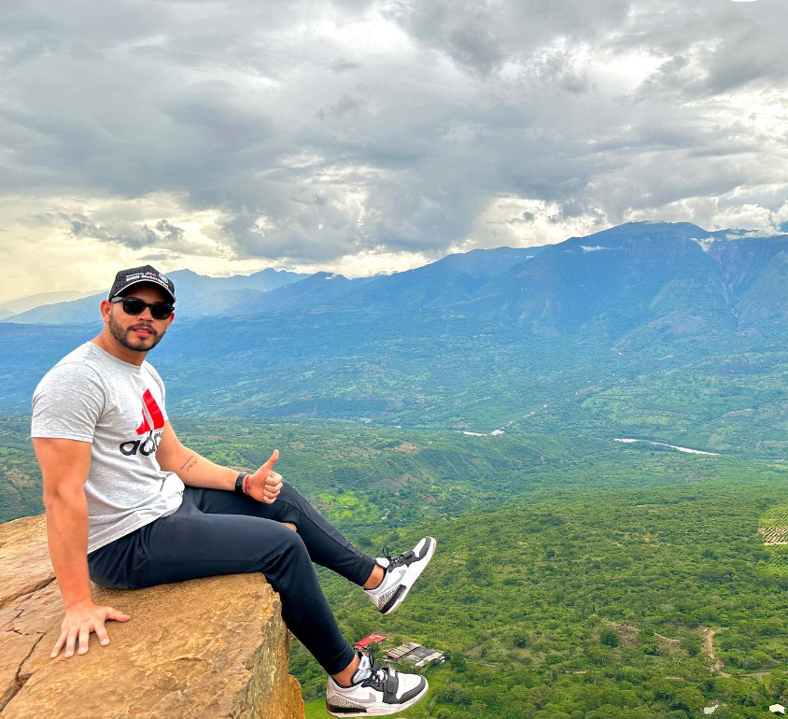
Now what to do? Well, you’ll want to try some raspados before you leave. That said, the best place to try these Colombian shaved ice desserts is at – you guessed it – Raspados. You’ll also find cocktails, which will hit the spot after your waterfall-seeking excursion earlier. However, if you’re still hungry, consider popping into Bari Dinner, a woman-run Italian joint offering lunch and dinner.
And that’s it! How was it? Did the gentle wingbeat of a swallow ever brush past your cheek? Did the dust of the Camino Real lodge itself in your soles? Did the sunset along the western cliffs color your face a pale yellow? More importantly, did you take 50 photos of the lopsided, fundamentally unstable pot you made yesterday? Well, I hope you did it all. ‘Cuz you may never be back here again.
